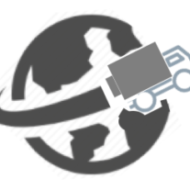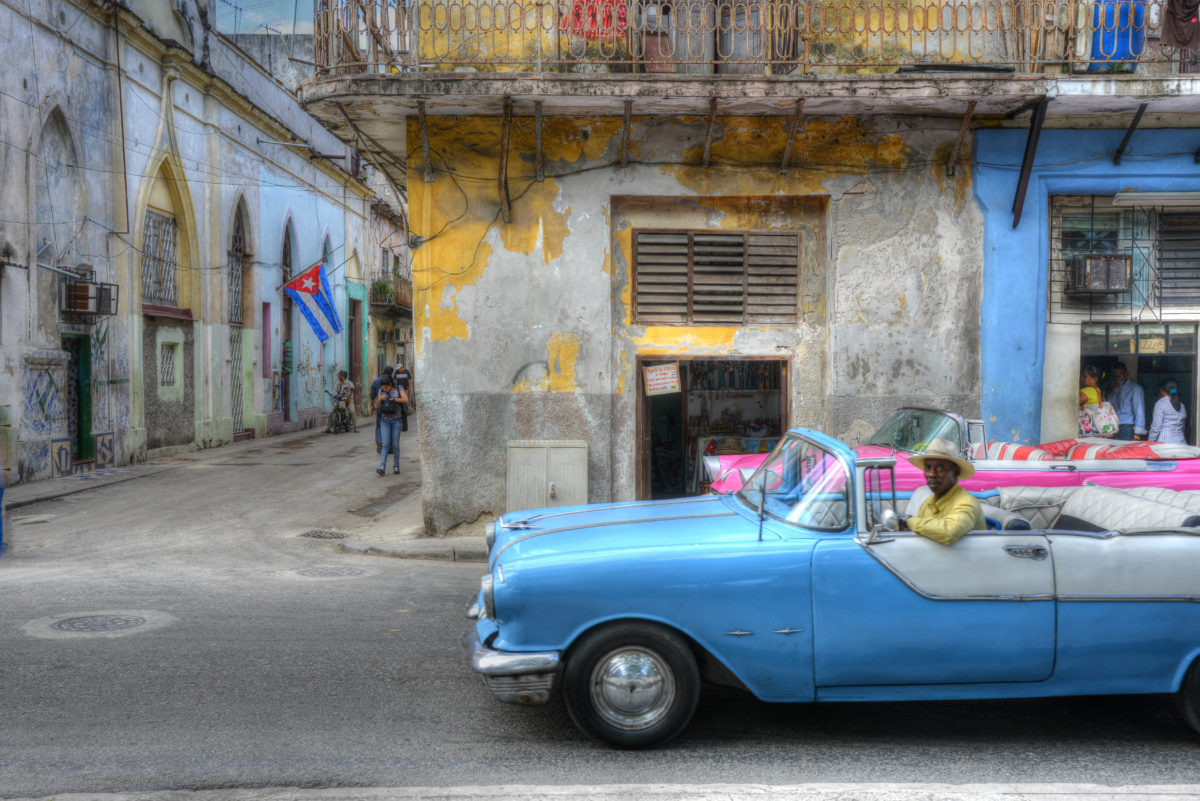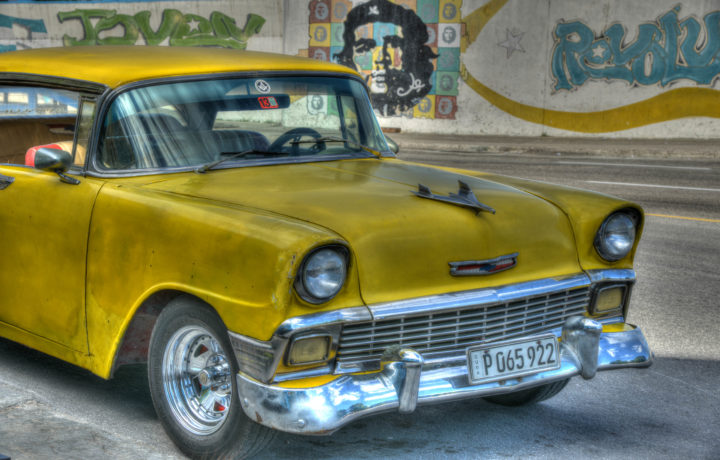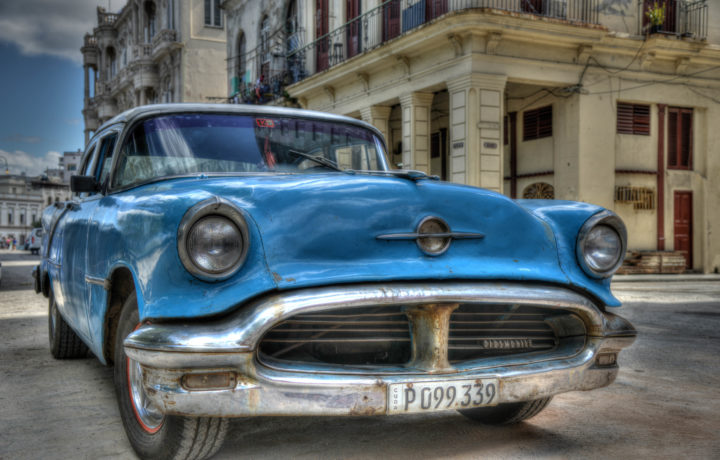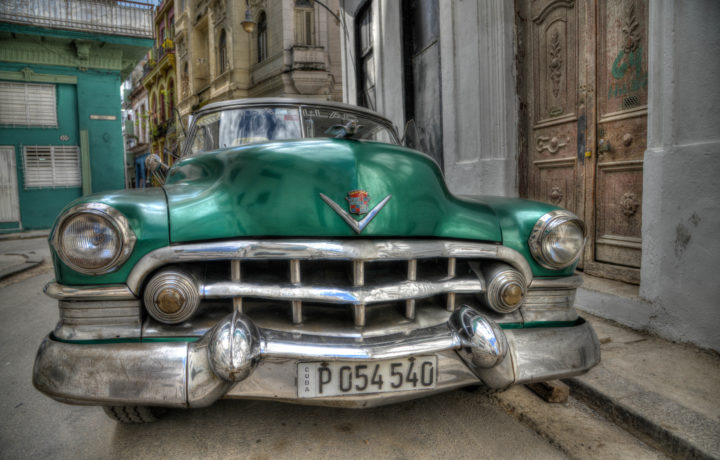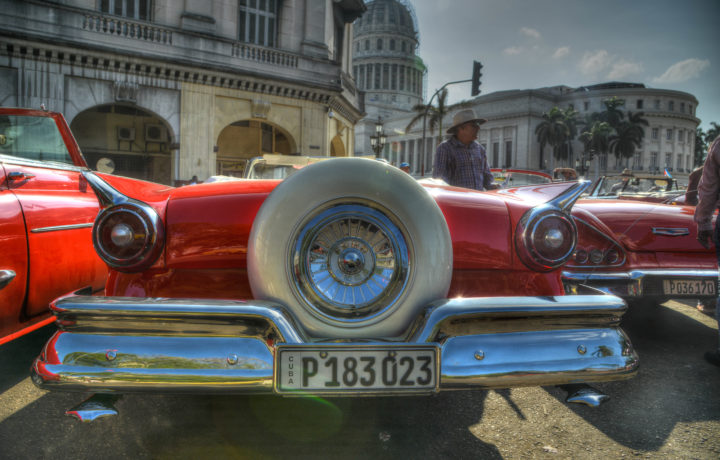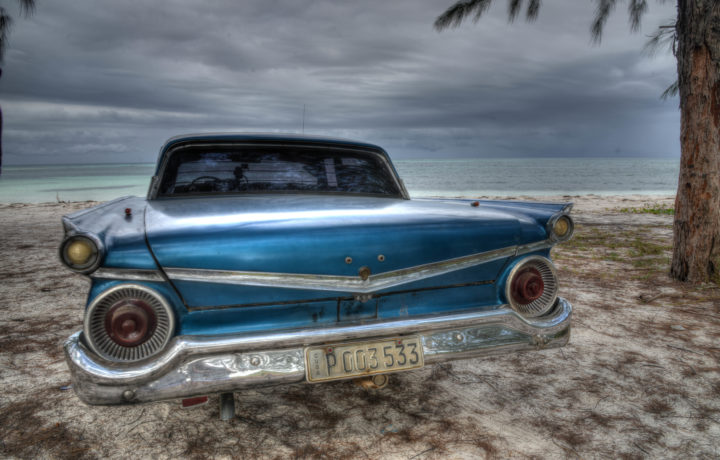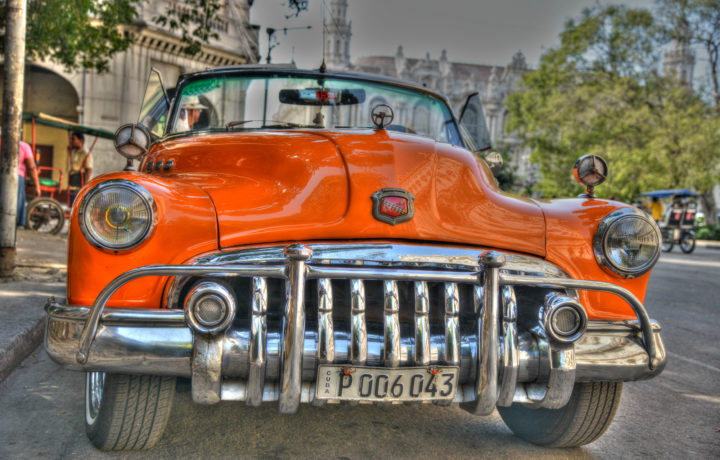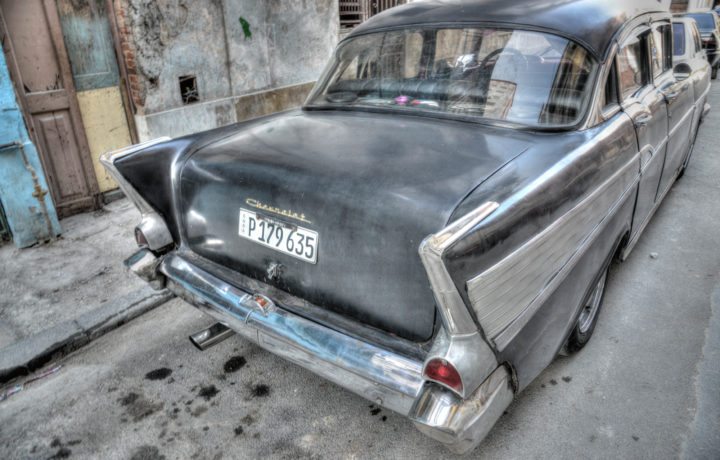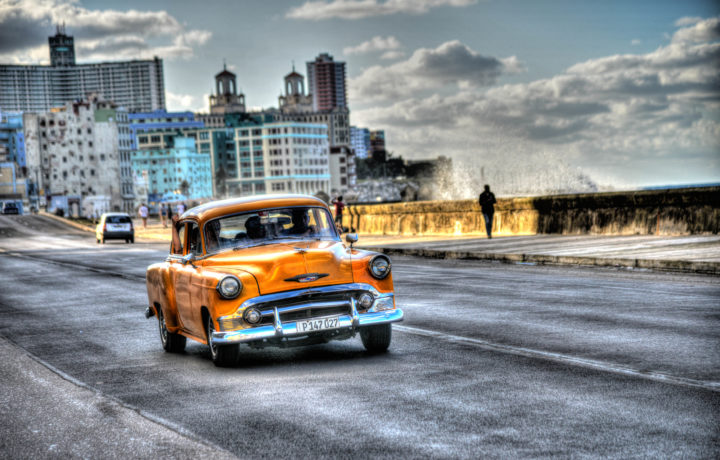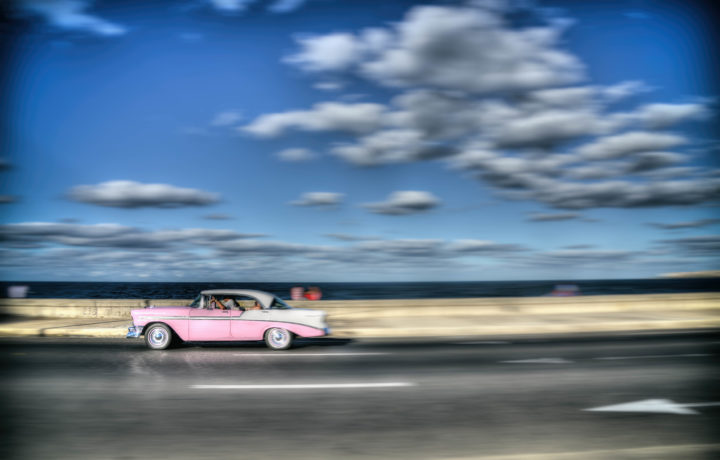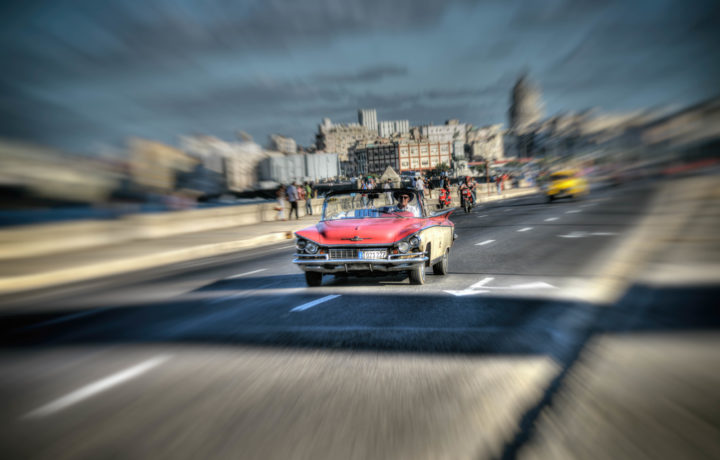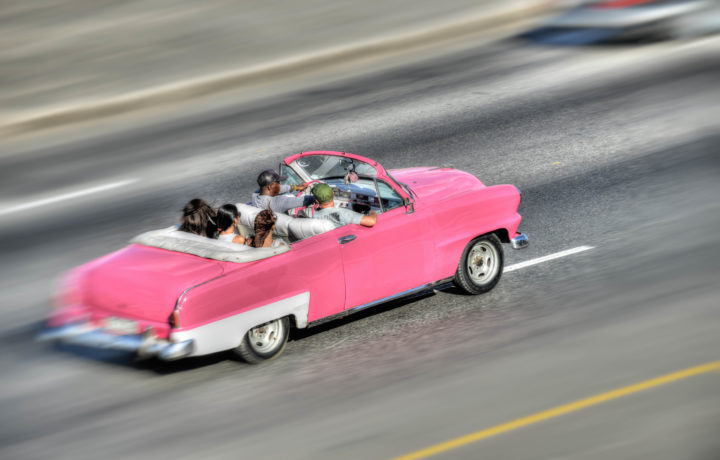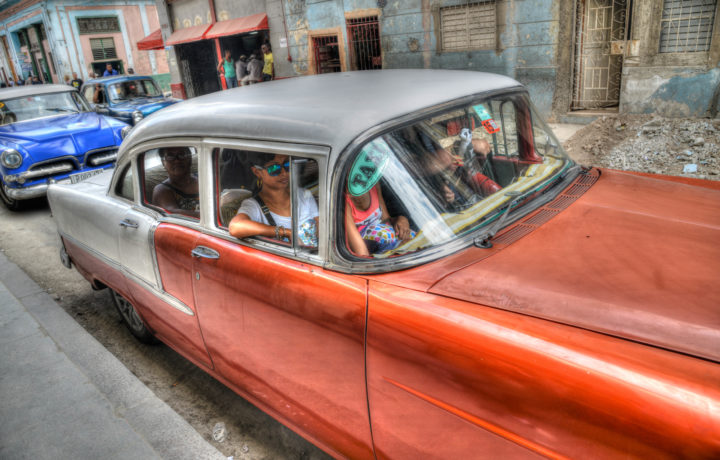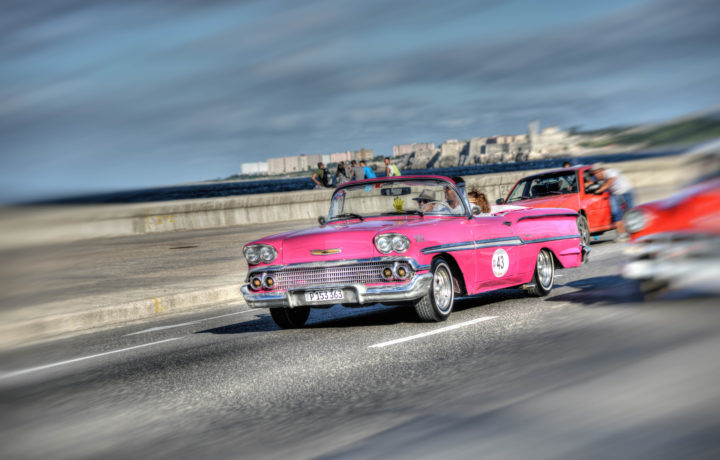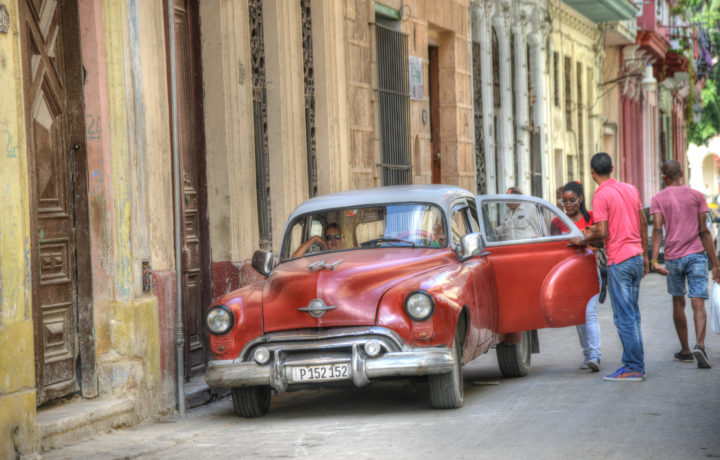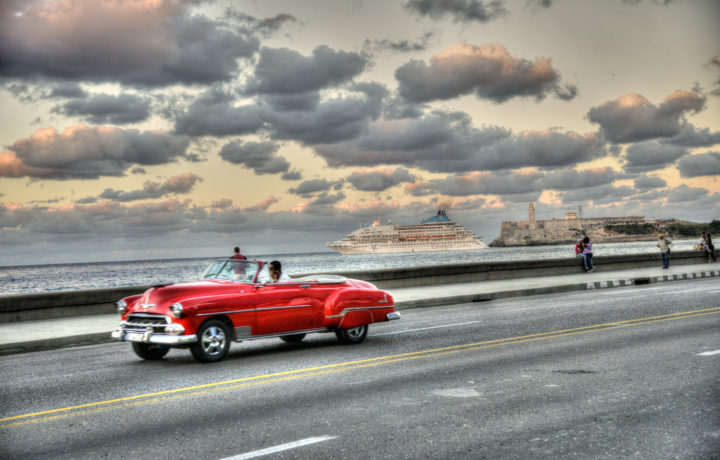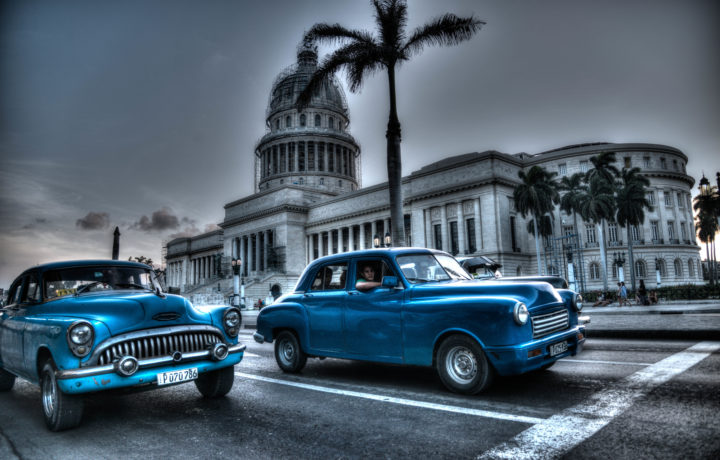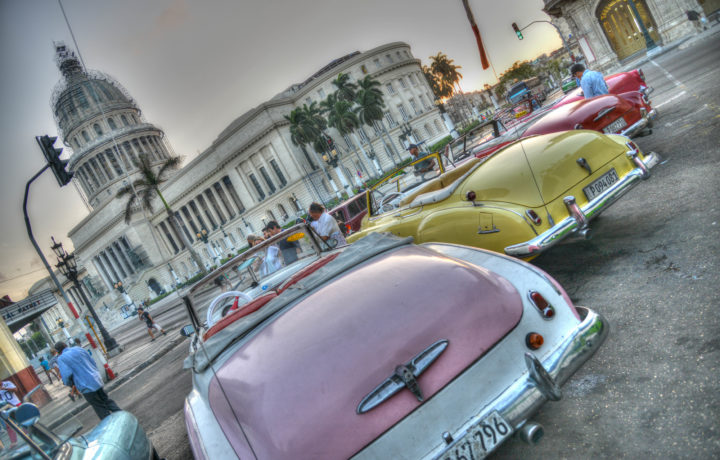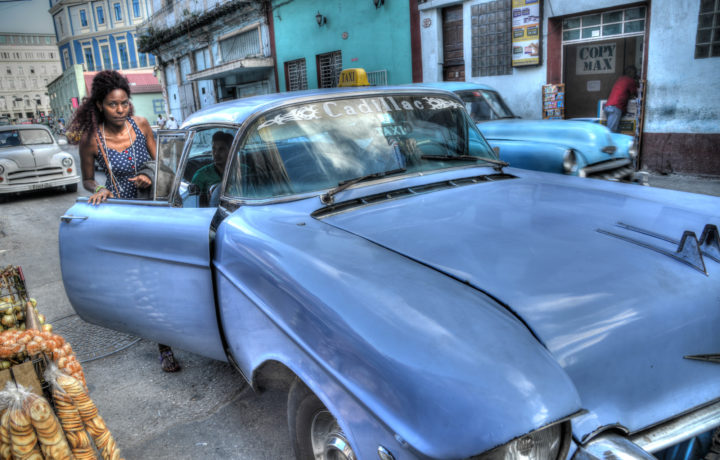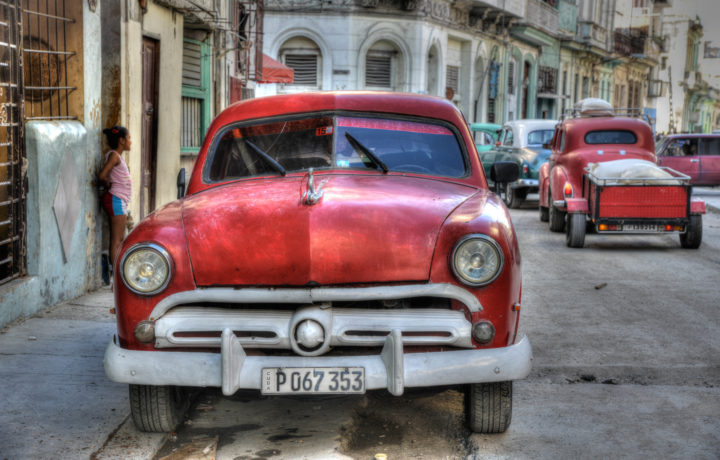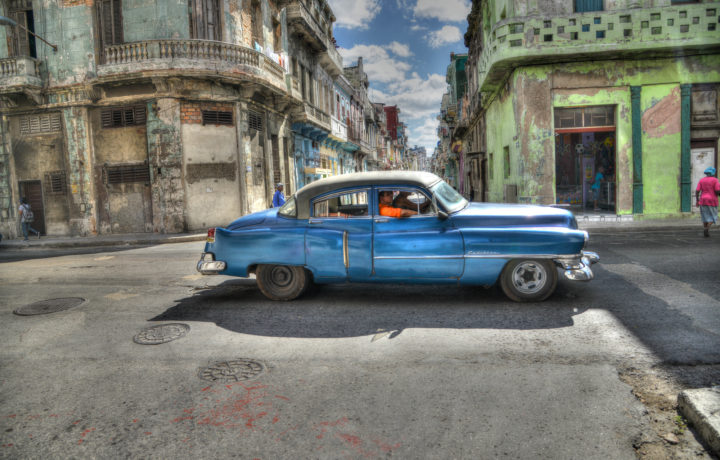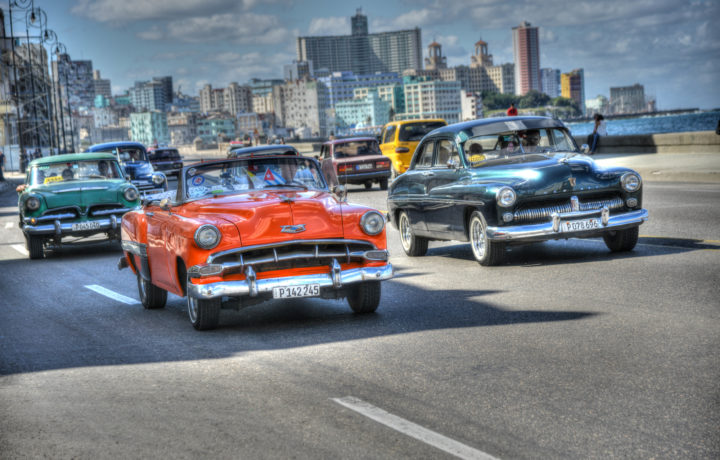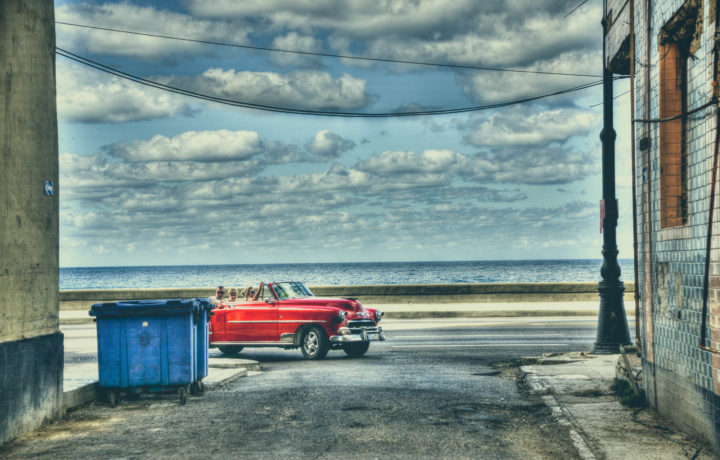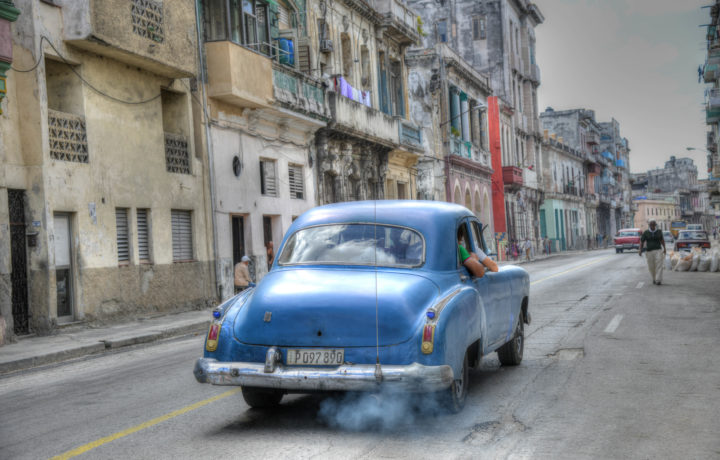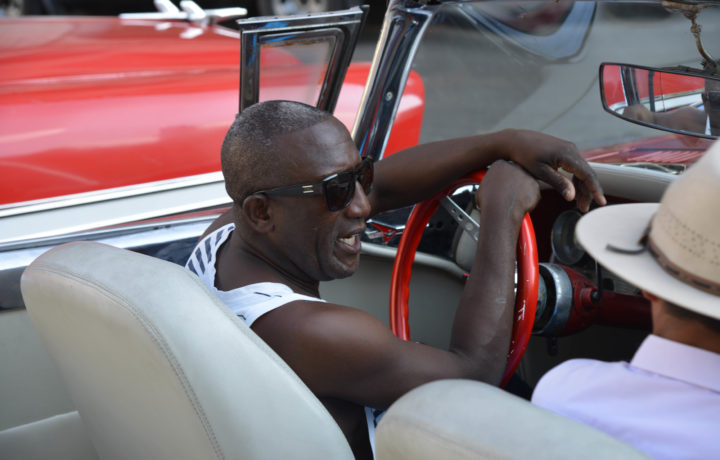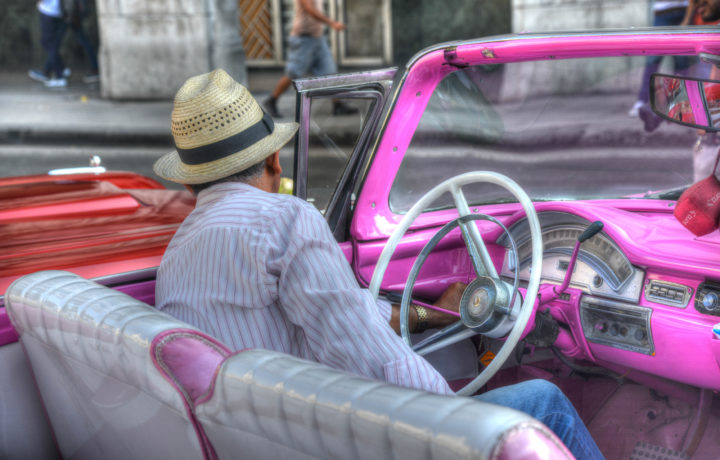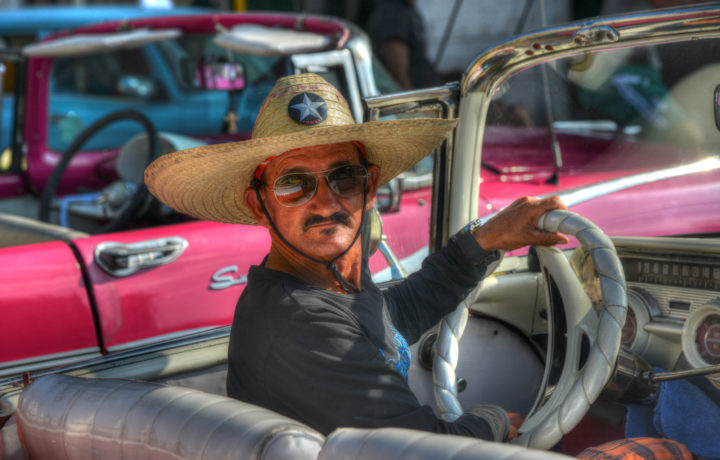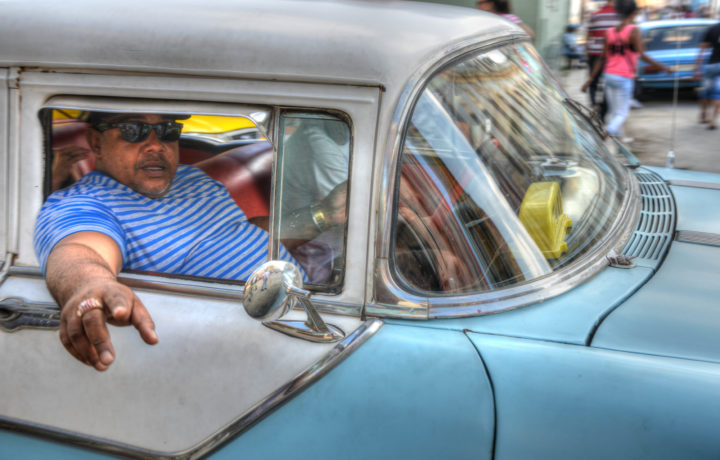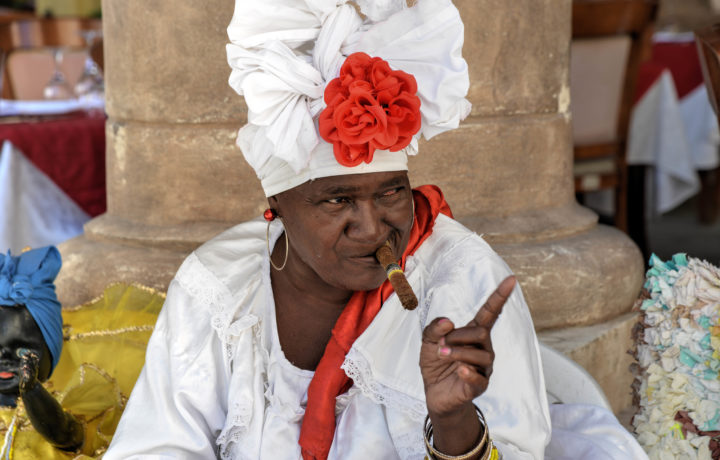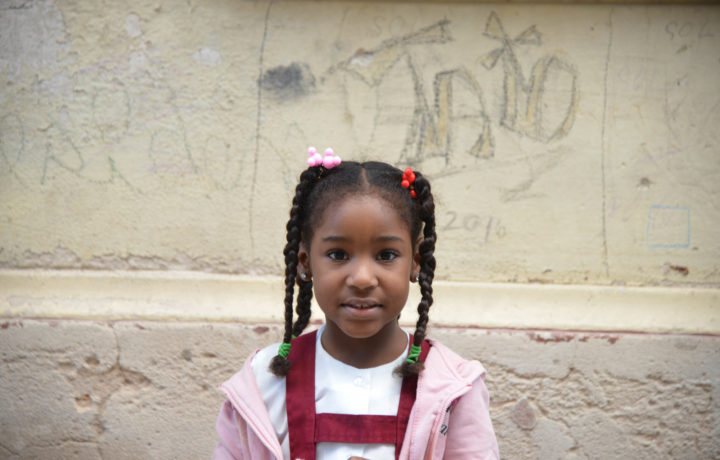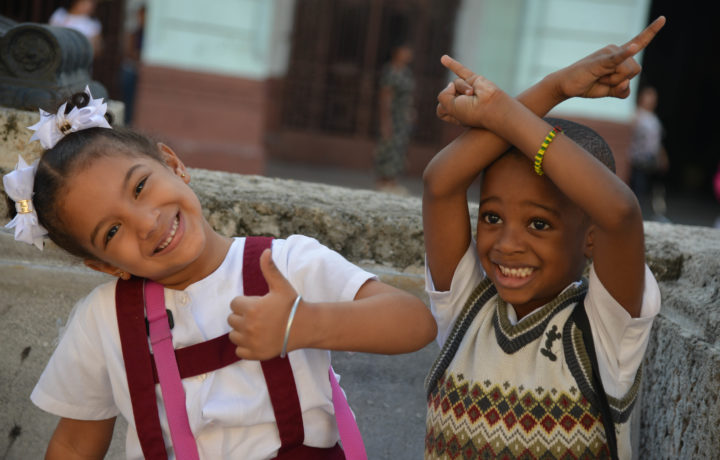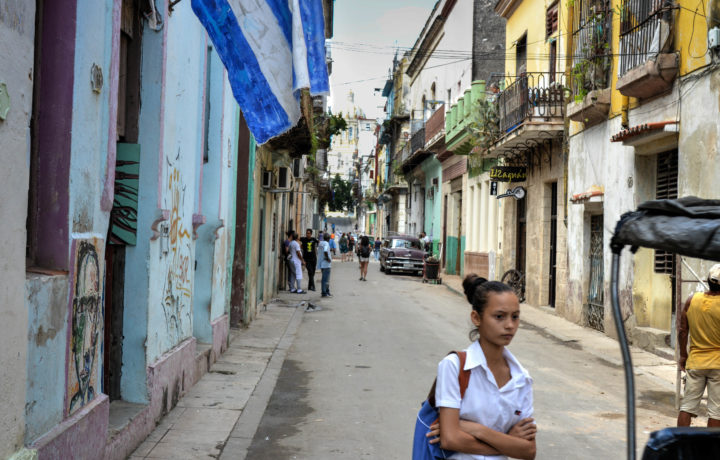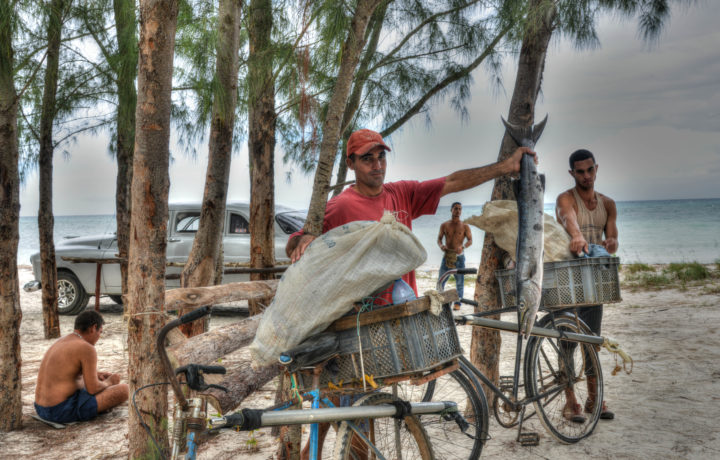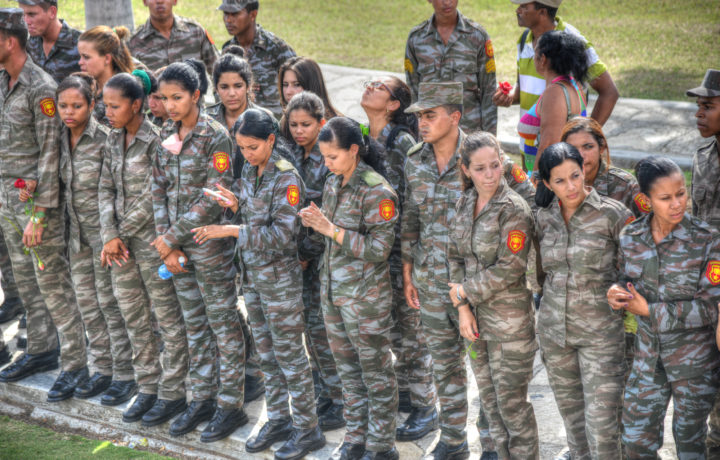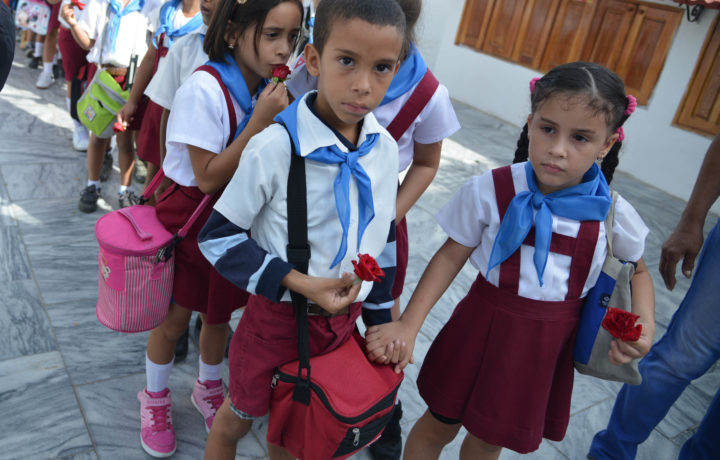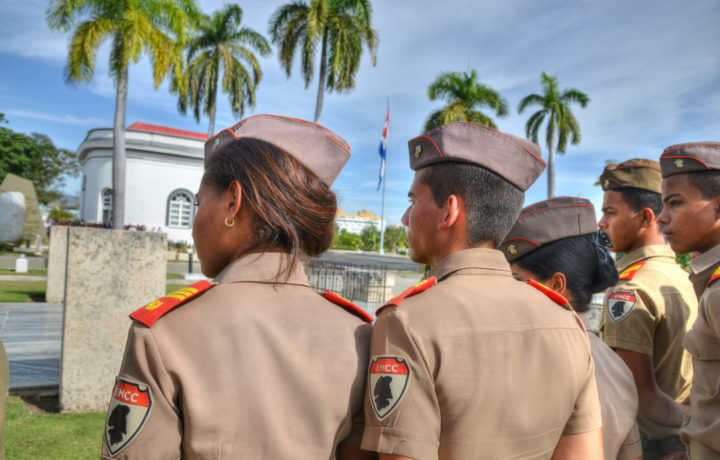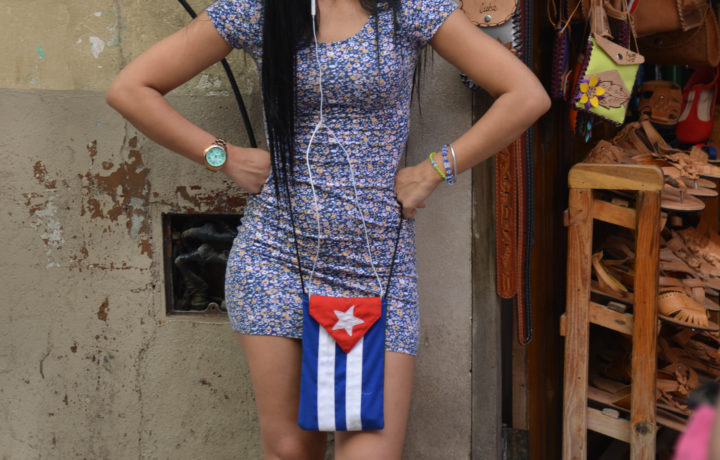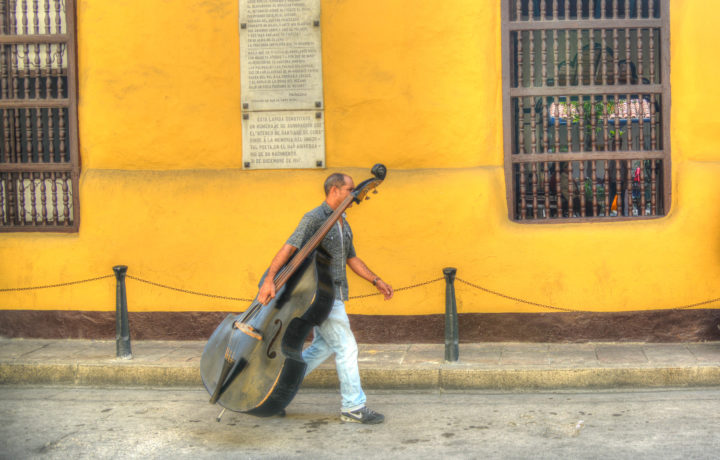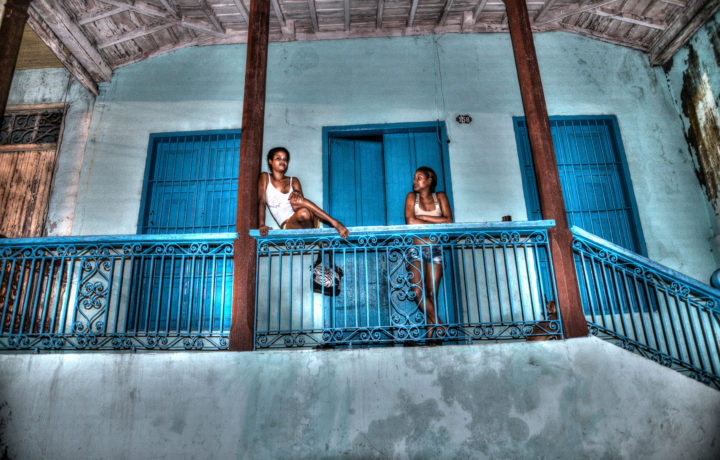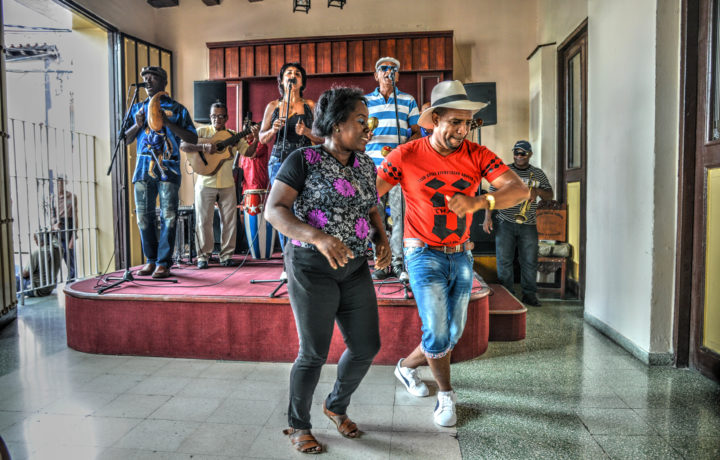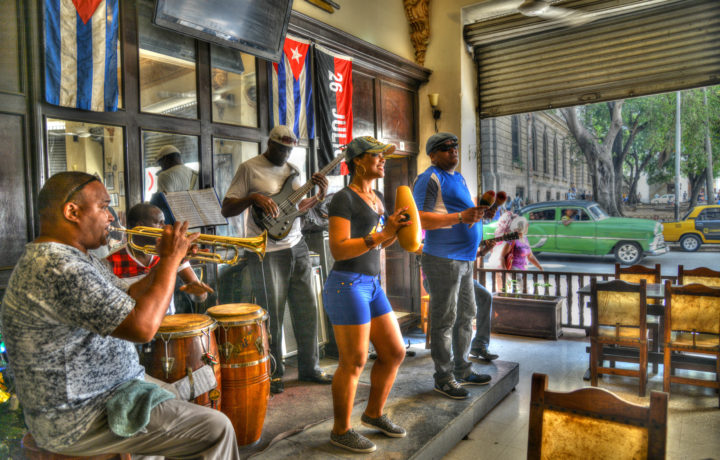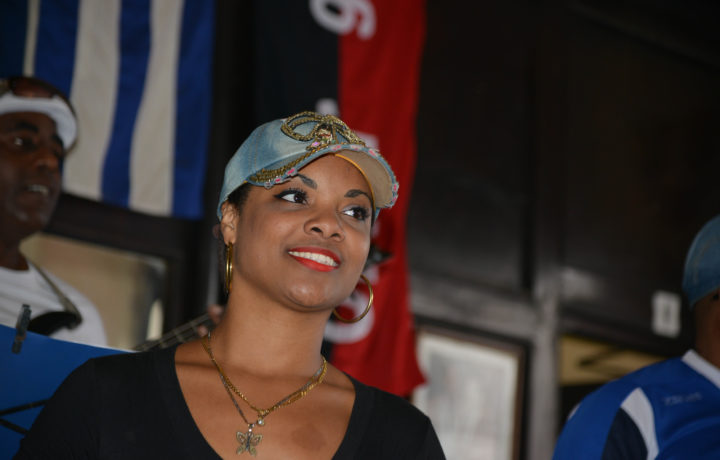This is not a good day for our family and for Cuba – Fidel Castro just passed away last night !
These were the first words we heard the morning of November 26th when sitting on the nice roof terrace of our casa particular in Vinjales, Cuba, waiting for our excellent breakfast. Juana and Bello our hosts were usually always cheerful and talkative, but this day was a special day for them and they were obviously very emotional. For me, being in Cuba the second time after 30 Years – it felt unreal to experience this historic moment together with the locals.
What immediately crossed my mind, was the irony of Donald Trump, a narcissistic clown ‘coming’ and Fidel Castro, one of the most iconic leaders of this century ‘leaving’.
This was our second day in the picturesque tobacco area of the valle vinjales, the first stop of our four-week route from Havana to Santiago de Cuba. For the next 9 days Cuba was mourning – and that meant – no music and no alcohol. We already had a big dose of cuban music and mojitos during the first three days in Havana. The following days were definitely not typical Cuban – usually you see a Buena Vista Social Club like band on every street corner and rum is easier to get than petrol in many areas.
The great thing about staying in a casa particular, is the fact that you are really assimilated into the local culture. Usually including breakfast, you can also ask for lunch and dinner, freshly cooked, family style. Mostly eating in the casas’ instead of restaurants allowed us to have a lot of great conversations with the locals. In addition to a great expereince you allow them to get some side income.
The majority of locals we talked to really adore Fidel – mostly the older folks and the population in the countryside. Young people are looking forward towards change – but they still respect Fidel Castro and what he has achieved. We have travelled through many 3rd World countries and compared to most of these countries you can sense that Fidel Castro did a lot for Cuba and his people – despite the U.S. embargo and all the odds against Cuba after the soviet union collapsed in’89. Cuba has a literacy rate of 99.8 – higher than the U.S. Cuba has excellent education and health systems that were implemented down to the most remote villages shortly after the revolution. You do not see a lot of begging, the cities and streets are very clean – you can probably even drink the tab water without problems. Compared to socialist attempts in other countries – investments in Cuba did not get wasted by corruption.
There are two currencies in Cuba, the local Cuban Peso CUP and the Convertible Peso or CUC$. The CUC is almost equivalent to a $US and converts to about 25 CUP. Tourists are only allowed to pay in CUC.
Ironically we were following the same route on which Fidel Castro’s urn would be driven through all the provinces of the island, before his remains would be interred at Santiago De Cuba’s Santa Ifigenia cemetery.
We drove around 2,500 Km in three weeks and you can see our route in the map below.
Cuba is about 1,250 km long and 190 km wide on the widest point, so you are literally always relatively close to a coast. Our itinerary was a mix of off the beaten path locations, culture, history with relaxing on the beach in-between. Driving is very relaxing in Cuba as there is not much traffic. In some areas you only see cars passing by every half hour. The Carretera Central, which is the main west-east connection is in decent condition, some more remote areas and streets are in very bad shape and due to big potholes require you to drive very slow. Cubans drive very disciplined and the only challenge is to find directions without GPS, lack of road signs and accurate maps. We learned our lesson to get gas whenever possible as the gas stations often run out of gas or are randomly closed. Rum is easier to get and cheaper than 94 octane gasoline for our car. It is safe to pick-up hitchhikers (using common sense) – since Cuban’s always need a ride and help each other – so we did the same and met some nice people and had some great conversations.
Highlights in Cuba are the people, the music, the architecture and – at least for me – the cars. ‘Stuck’ with pre-revolution, mostly U.S. cars and no supply of spare-parts, Cubans are real artists in keeping their Oldtimers running until today. Most of them are only an ‘original body shell’ with all other parts being replaced by chines gear boxes, Russian diesel engines, tractor parts, etc. …
You can see some Cuba impressions from 1986 here and more pictures from our recent Cuba trip here.
Cuba feels very alive and ‘vibrating’, people are always smiling, dancing when and wherever they can, bands are playing on every corner. Last not least they have some of the best rum which makes great cocktails – mojito and daiquiri being our favorites.
I have been in Cuba in 1986, flying with a Russian airline from East Berlin – I can tell you that things changed a lot in Cuba since then – and I was hesitant to go back – but what I found was a still very intact cuban culture and cuban vibe.
After Obama has lifted some of the sanctions, the plan is to have 150 daily direct flights from the U.S. to Cuba.
